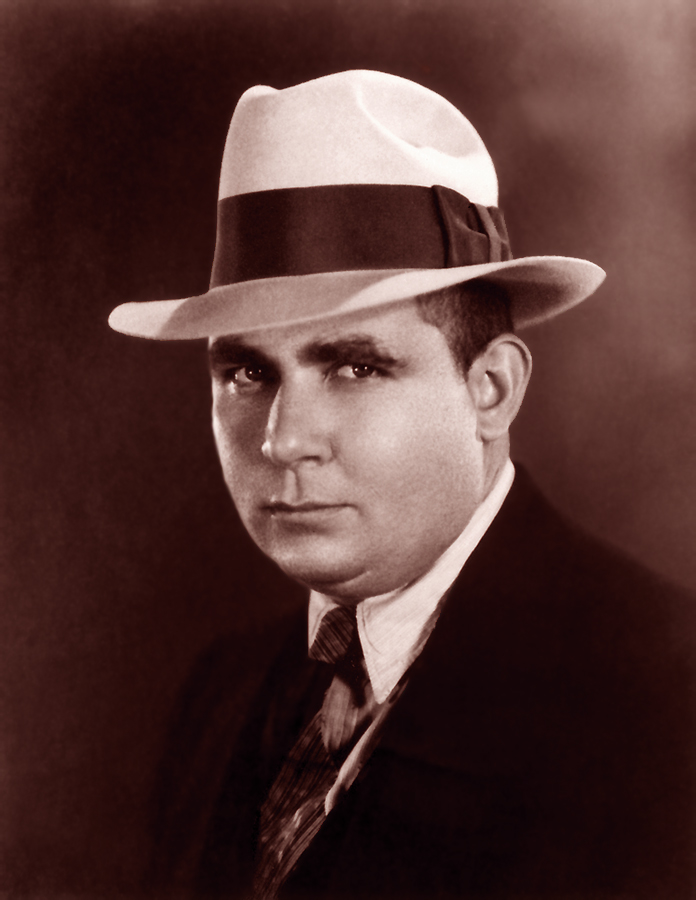There is, sometimes, a weird cyclical pattern embedded in etymology, the linguistic science of what we might otherwise call the glacial process of Chinese Whispers. Allow me to offer one particularly colourful and occasionally literary example.
The (somewhat uncommon) Irish surname Prunty originates from an Anglicisation of the Gaelic Irish surname Ó Proinntigh, meaning ‘descendant of Proinnteach’, which in turn was an archaic Irish forename which meant literally a banqueting hall. The idea underpinning this is that of a generous person who feeds his neighbours and kin.
As often happens with surnames, pronunciation of vowels or consonants slides a little over time and usage. So Prunty also becomes Brunty in some cases. Brunty as a surname retains its Irish origins but is very rare indeed. Nowadays it is mostly found in the United States.
Probably the most famous Brunty in history is Patrick, an Anglican clergyman who was born as the eldest of ten children into a very poor family in Rathfriland, county Down, on St Patrick’s Day, 17th March 1777. Why is Patrick famous? Because of his immensely talented children, particularly his daughters Charlotte, Emily and Anne, who are all now renowned as famous Victorian novelists.

However, the sisters did not publish under the name Brunty. Rather, given the sexism of the era, they initially released their books under the male names of Currer, Ellis and Acton Bell. In reality, their surname had become Brontë by then. How had this happened? It’s unclear why Patrick changed his surname, but a desire to distance himself from his impoverished Irish origins after his graduation from Cambridge no doubt is part of the reason.

Another reason, it has been suggested, relates to a desire to honour Admiral Horatio Nelson, who had been given the title of Duke of Bronte by the King of Naples, whom Nelson had restored to his throne. Bronte is the name of an Italian estate in eastern Sicily, close to Mount Etna which was also granted to Nelson by the grateful King.
We now relate the name Brontë to his famous daughters, the authors of books like Jane Eyre, Wuthering Heights and The Tenant of Wildfell Hall respectively. The parsonage Patrick oversaw for many years in Haworth in Yorkshire, which inspired many of the scenes in his daughter’s books, is now a museum in their collective honour.

But Haworth is not the only location which honours the Brontë sisters. There are many such locations, given their collective fame. One such place is the little town of Bronte in northern Central Texas. Ever since an early oil boom subsided, it has been a relatively impoverished place, not unlike Rathfriland, with a stable population around the 1,000 mark.
Back in the early 20th century, this was one of the small Texas towns that was briefly home to Isaac Howard, a semi-itinerant doctor who wandered with his wife and son from town to town working as a medic, and occasionally losing his money on get-rich-quick schemes, much to his wife’s frustration. Isaac’s son was a big reader, and, encouraged by his mother, began writing his own stories from an early age. We now know him as Robert E. Howard, the progenitor of the ‘Swords and Sorcery’ genre of fantasy fiction, and author of the Conan the Cimmerian stories in particular. Howard was particularly interested in Irish and Scottish mythology, and many of his characters, including Conan, display this interest.

The Texan town of Bronte has had its pronunciation amended by new world accent to /bɹænt/, or ‘brant’, over time. This is of course a homophone for a genus of goose, the Brant or Brent goose, which migrates in winter to Ireland and Britain. The Brent oilfield in the North Sea takes its name from this goose.
It is a smallish bird by geese standards, but nonetheless, in the era before the new world turkey took primacy as the quintessential Christmas dining food, the Brant goose (whose name derives from the pan-Nordic brandgás, or ‘burnt’ goose due to its black colouring) would have been one of the more common feast dishes provided by generous hosts in Ireland at the midwinter feast.
Due to a widespread medieval myth, which persisted in Ireland into the 20th century, that these geese were somehow related to barnacles, they were permitted to be eaten by Catholics on a Friday, when meat other than fish was otherwise prohibited. In other words Proinnteach the medieval Irishman got his name due to feeding this bird to his friends and neighbours.
Such is the cyclical nature of etymology.
